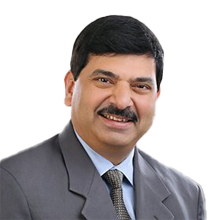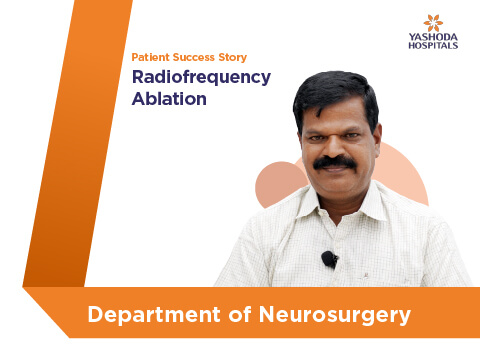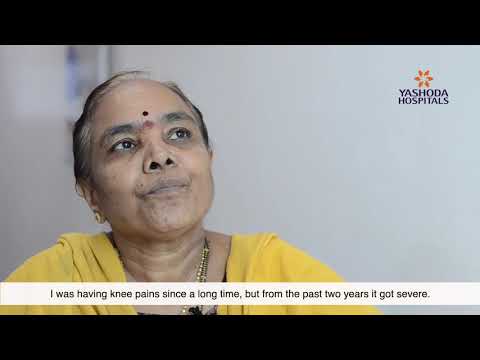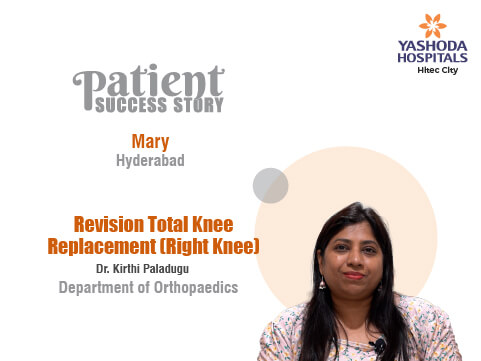Patient Testimonial for Endoscopic Treatment for Chronic Pancreatitis
- Patient Name
Mr. Ranjith Kachu - Treatment for
Endoscopic Treatment for Chronic Pancreatitis - Treated by
Dr. B. Ravi Shankar - Speciality
Gastroenterology - Procedure
Endoscopic Treatment for Chronic Pancreatitis - Patient Location
Jagityal
Testimonial by Mr. Ranjith Kachu
Chronic pancreatitis is a condition in which digestive enzymes that normally empty into the intestine are retained inside the pancreas, causing pain and scarring.
The doctor uses an endoscope with a camera to find the opening in the intestine that connects to the pancreas and bile ducts. He places a catheter to reach the opening and injects contrast dye to enhance the images on X-rays, which helps in identifying the blockages in order to remove them.
He then makes a small incision in the ampulla of Vater (the place where the pancreatic duct and bile duct meet) and inserts surgical tools such as a balloon catheter or a basket to retrieve the blockages. The doctor ends the procedure by placing a stent to relieve the obstruction. For an additional three to four hours, the patient is under observation in the hospital. The patient may feel nauseated or bloated. Although it’s recommended to take a day off, most people are able to get back to their normal routine on the same day. Mr. Ranjith Kachu from Jagityal, underwent Endoscopic Treatment for Chronic Pancreatitis, under the supervision of Dr. B. Ravi Shankar, Consultant Medical Gastroenterologist, Yashoda Hospitals, Hyderabad.














 Appointment
Appointment Second Opinion
Second Opinion WhatsApp
WhatsApp Call
Call More
More





